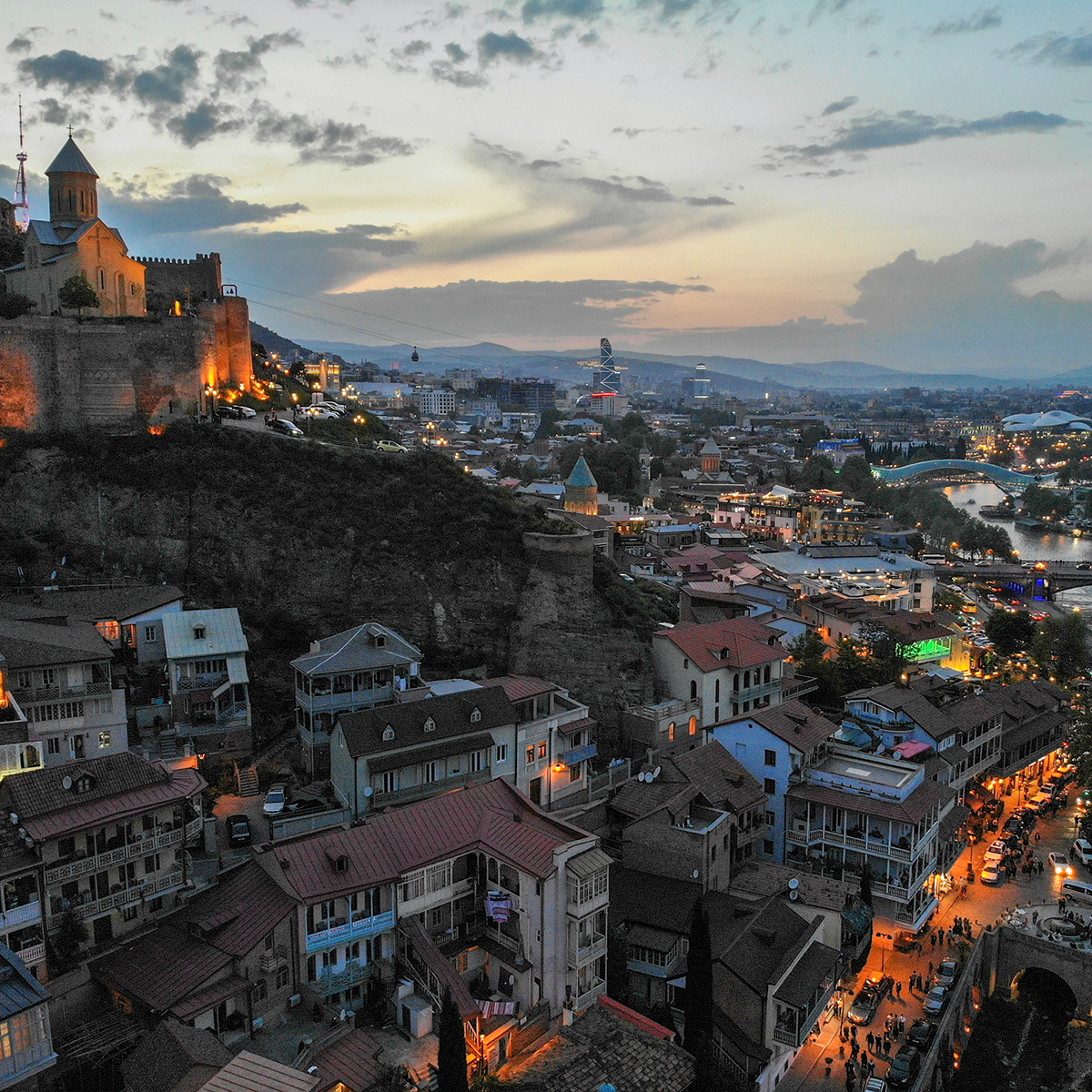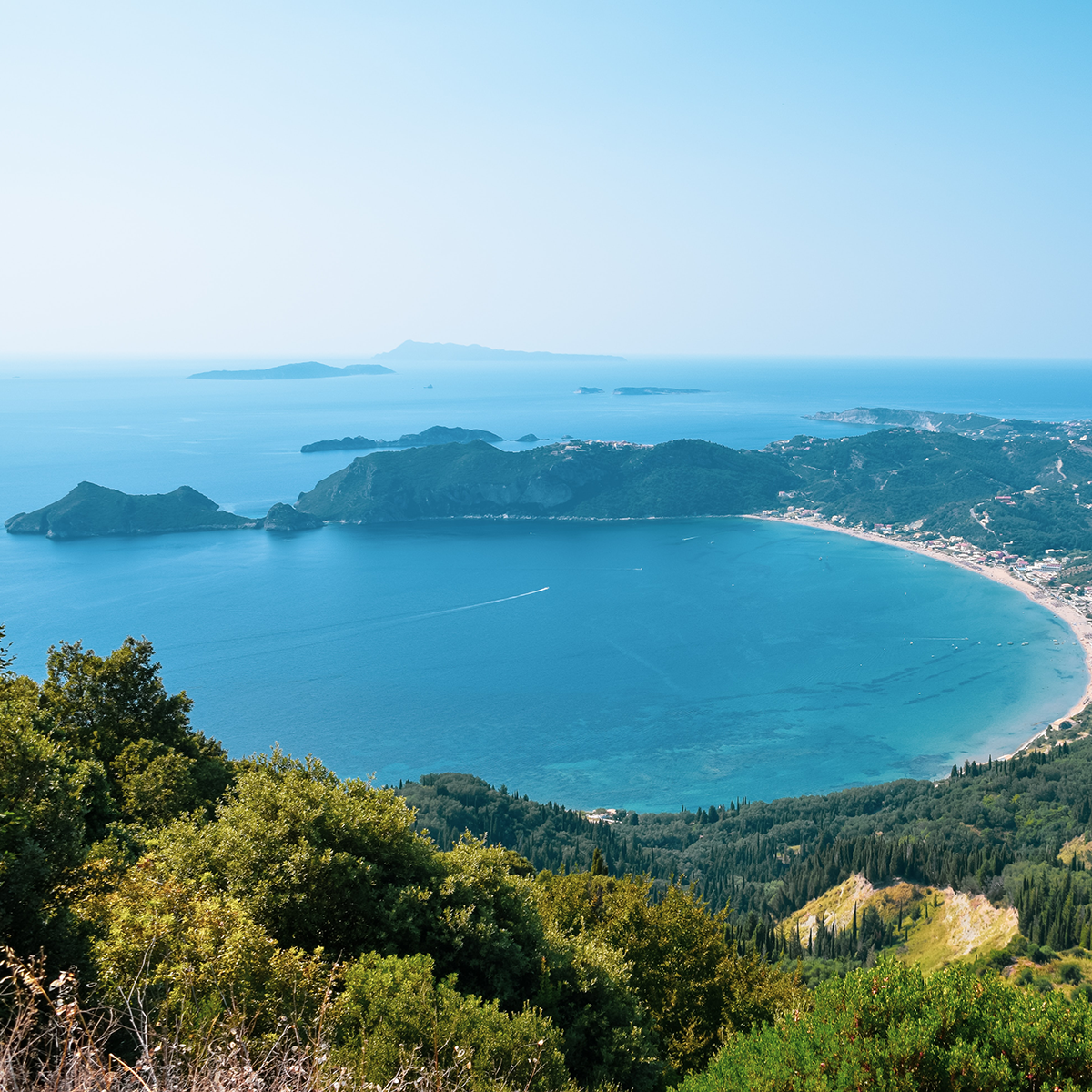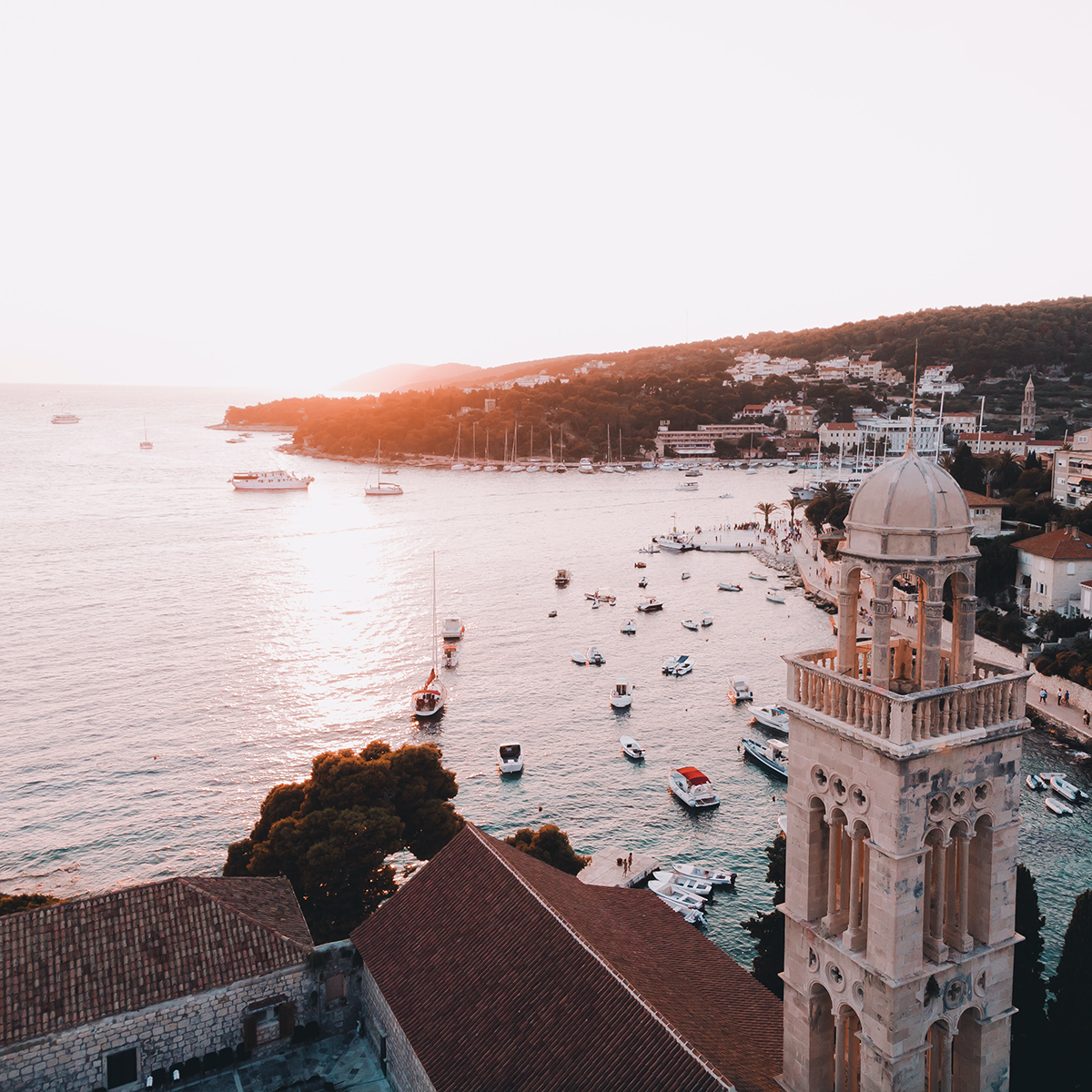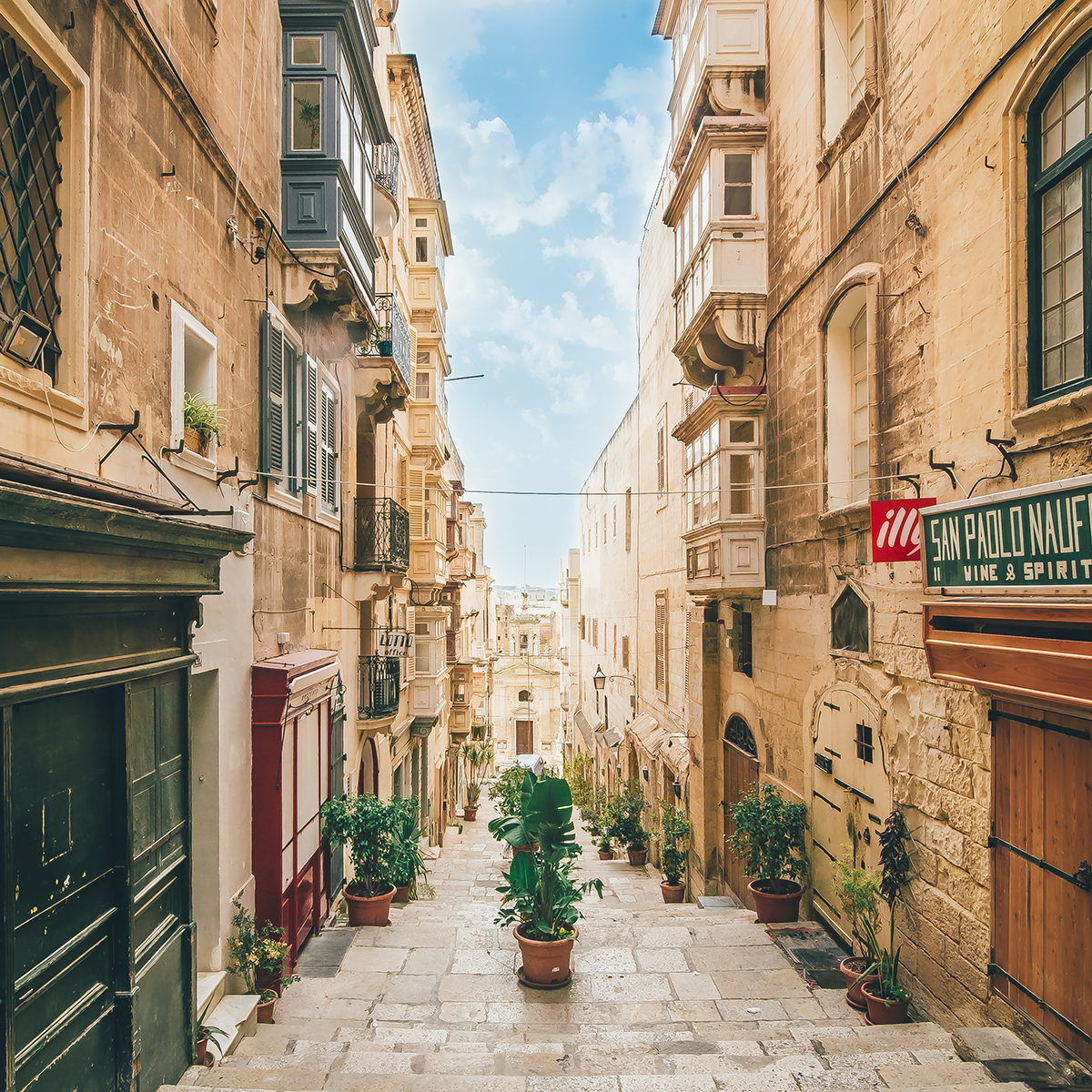The Safest Destinations in Europe Post COVID-19
Friday, 26 Jun 2020

With coronavirus numbers subsiding in Europe, many countries are now starting or preparing to open borders to the rest of the continent in bids to reactivate their tourism economies. Airlines are also set to resume more services with specific protocols in place to ensure the safety of passengers and staff. As expected, many travellers are still apprehensive about travelling; with coronavirus still likely to be with us for some time.
Some destinations have been less affected by COVID-19 than others however and may be the perfect choice of a summer or autumn holiday this year. We have selected our top picks from the countries outlined by The European Best Destination Organization (EBD) as the safest to visit in Europe in 2020.
Georgia

There are up to 260 times fewer cases of coronavirus in Georgia than in the worst affected European countries. Borders are due to reopen on July 1 with no quarantine measures requested.
The EBD says the capital, Tbilisi, is “exactly what we need now: an open-minded destination,” and goes onto highlight how trendy the city is becoming.
Said to be the ideal destination for food and architecture lovers the Georgian capital is also up to 5 times safer than Paris or London in terms of criminality. While, there are more hospital beds per thousand inhabitants than both Sweden and Denmark.
There is also an abundance of large tourist apartments on offer, due to be popular this year, as well as small boutique hotels and guesthouses. Each accommodation option will also cost you a fraction of the price you would be in more popular destinations.
Greece

Greece has recently opened borders to tourists from inside the European Union, albeit with strict testing procedures at both Athens and Thessaloniki airport.
Flights between Greece and the UK are not due to resume until July 15 and it is hoped an air bridge will be established to ensure no mandatory quarantine on either end.
Greece is one of the least affected destinations in Europe from the coronavirus with up to 50 times fewer infections than elsewhere. In addition to this, the healthcare system has not once been overwhelmed during the pandemic with more hospital beds per capita than other countries within the EU.
The island of Corfu experiences average September temperatures of 28°, the perfect option for tourists wishing to get away from the stresses of the past few months.
Croatia

With a population of 4.1 million, Croatia has recorded only 2,483 cases of coronavirus with infection rates 20 times lower per million people than in other European countries.
The EBD lists three locations in Croatia in their selection of the 20 safest destinations in Europe; Cavtat, Zagreb, and Rijeka.
Cavtat is a 20-minute drive from Dubrovnik hospital and only 10 minutes from the airport. There is a large selection or private villas and tourist apartments on offer. While enhanced hygienic and sanitary measures have been implemented in larger hotels.
Meanwhile, Zagreb is one of the more popular destinations in Croatia and makes for the perfect city break.
Rijeka was co-elected with Galway in Ireland as the European Capital of Culture in 2020. The crystal-clear beaches not only in this part of Croatia but in others are sure to be one of the safest beaches over the coming months.
Malta

Malta reacted early as coronavirus spread across Europe, ordering a 14-day quarantine for all foreign arrivals from March 10 and enforcing heavy fines for those who failed to comply. A week later, they suspended all air travel into the country apart from cargo, repatriation and humanitarian flights.
This early action was praised by the European Regional Director of the World Health Organization who tweeted: “Malta is on the right track, and an example to follow”.
There are up to 55 times fewer coronavirus infections in the Island state than in the most affected parts of Europe and there are more hospital beds per resident than Finland, Ireland, or the UK.
Inbound flights begin on July 1 from a host of destinations including Germany and Ireland. The border is due to open further from July 15, when it is expected British tourists will be able to enter.
Malta relies heavily on tourism to the island, with the sector representing 15% of the nation’s GDP.
The EBD recommends the smaller island of Gozo if you “really want to distance yourself from the crowd”.
Slovenia

We previously picked out Slovenia as one of our top destinations to explore after lockdown, it is also set to be one of the safest.
The prime minister told parliament in the middle of May, “Today Slovenia has the best epidemiological picture in Europe” and effectively announced the end of the countries epidemic.
Infection rates are said to be 10 times lower than other countries within Europe and with Slovenia known for being a haven for lovers of the outdoors, we expect this to be a popular destination this year.
Research from Skyscanner also shows that flight searches to Slovenia are increasing week on week.
The EBD recommends the area of Bohinj this year, calling it one of the “green paradises of Europe”.
Finland

Finland declared an end to its national emergency on June 15 due to the declining threat of the pandemic with some areas of the country experiencing no cases for several weeks.
It’s population of 5.5 million has so far seen 7,191 cases, 15 times lower than other areas within Europe.
Border controls were also lifted on June 15 for travel between Finland and Norway, Denmark, Iceland, Estonia, Latvia and Lithuania.
More border measures are set to be lifted in the coming month and when possible, the EBD recommends tourists to visit Wild Taiga with its untouched land providing the perfect authentic experience for nature lovers.
The European Commission has awarded Wild Taiga with an “EDEN” label for sustainable tourism.
Our Most Popular Articles

COVID-19: European Travel Guide
At the start of the pandemic many countries around the world introduced travel bans and restrictions. Now we’re seeing travel restrictions being lifted. In this blog we cover where you can and can’t travel within Europe during COVID-19.

Top Post COVID-19 Holiday Destinations for After Lockdown
There is no doubt that the coronavirus pandemic will affect the way we all travel for the foreseeable future. However, with travel restrictions lifting and lockdowns easing there may yet still be time to go on holiday in 2020.
